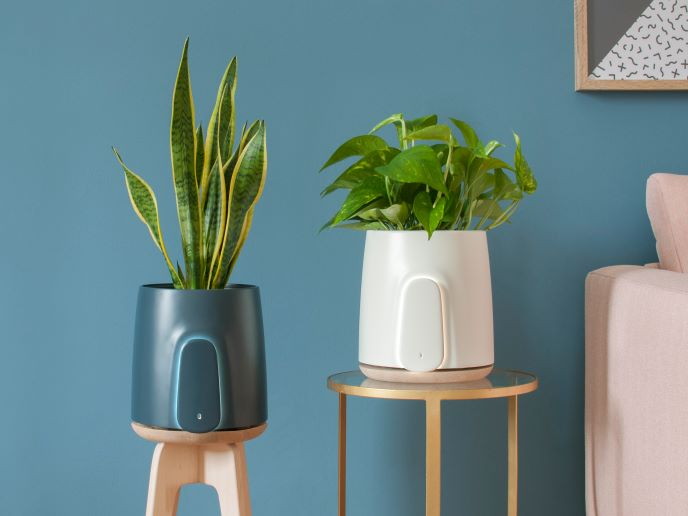Smart, natural air purifier reduces indoor air pollution
We’re all aware of the health risks that air pollution creates. But did you know you’re exposed to these risks not only when outside, but also when indoors? In fact, the air inside buildings can be up to five times more polluted than the air outside – and sometimes much more. Radon, tobacco smoke, mould, pet dandruff, carbon monoxide, nitrogen dioxide, organic gases, respirable particles, formaldehyde, pesticides and asbestos are just some of the pollutants commonly found inside. Considering that the average person spends nearly 90 % of their time inside, the problem of indoor air pollution cannot be ignored. Luckily, there are things you can do to ensure your home isn’t making you sick. These include curtailing the sources of indoor air pollution, improving ventilation and using quality air purification devices like NATEDE. Developed with the support of EU funding, NATEDE is a smart, photocatalytic natural air filter from Italian tech company Vitesy. “Using a combination of nature, technology and design, the NATEDE system analyses indoor air quality and removes air pollution,” says Mr Paolo Ganis, NATEDE project coordinator and Vitesy co-founder and CEO. “According to our assessments, the filter can eliminate up to 93 % of the organic gases coming from, for example, cleaning supplies and photocopiers, and 99 % of all bacteria, viruses, fine particulates and odours.”
Not your average potted plant
The NATEDE system’s differentiator is that it doesn’t only eliminate indoor air pollution, it also produces clean air. To do this, it uses a unique combination of real plants and cutting-edge technology. “Plants are the best air purifiers we have,” explains Ganis. “With NATEDE, we enhance the plant’s photocatalytic process, essentially allowing it to ‘inhale’ more dirty air and ‘exhale’ clean air faster.” This process is the result of a specially designed vase equipped with a forced air system that pushes the polluted air through the soil and plant’s roots. The system’s innovative, titanium dioxide covered photocatalytic filter, which never has to be replaced, captures and decomposes organic matter (i.e. viruses, odours, bacteria) at the molecular level. The filter is run via advanced sensors, which measure temperature, air and pollutants and activate the filter accordingly. But NATEDE is more than just a potted plant, it’s also a cutting-edge piece of technology. “The NATEDE system is positioned as an Internet of Things device,” explains Ganis. “From a smartphone or tablet, users can set automatic start and stop times based on such predefined parameters as acceptable pollution levels and time of day.” Compatible with smart home devices like Amazon Echo and Google Home, NATEDE can directly report on air quality.
Scaled up and ready to ship
With the support of EU funding, Vitesy was able to scale up in terms of both production and talent. Within the course of the project, the Vitesy team grew from three to over 20 employees. As the winner of the Bosch Pitching Challenge(opens in new window) at Pioneers 2018 and the German Design Award(opens in new window), the NATEDE air purification system has garnered the attention of international investors. As a result, it has recorded nearly EUR 1 million in pre-orders, with initial shipments expected to start in 2019.







